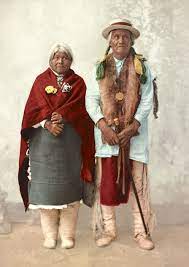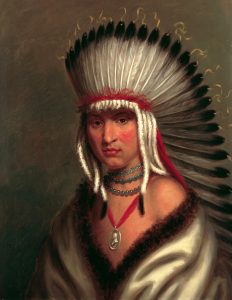H New Mexico Indian Villages, Towns and Settlements
A complete listing of all the Indian villages, towns and settlements as listed in Handbook of Americans North of Mexico. Haatze (Queres: ‘earth’). A prehistoric pueblo of the Cochiti near the foot of the Sierra San Miguel, above Cochiti pueblo, N. Mex. It is claimed to have been occupied after the abandonment of the Potrero de las Vacas. Bandelier in Arch. Inst. Papery, iv, 157, 1892. Hachos (prob. Span.: a fagot or bundle of straw or grass covered with resin) Mentioned as a wild tribe of New Mexico in the 18th century. Villa-Señor, Theatre Am., pt, 2, 412, 1748. Halona … Read more


